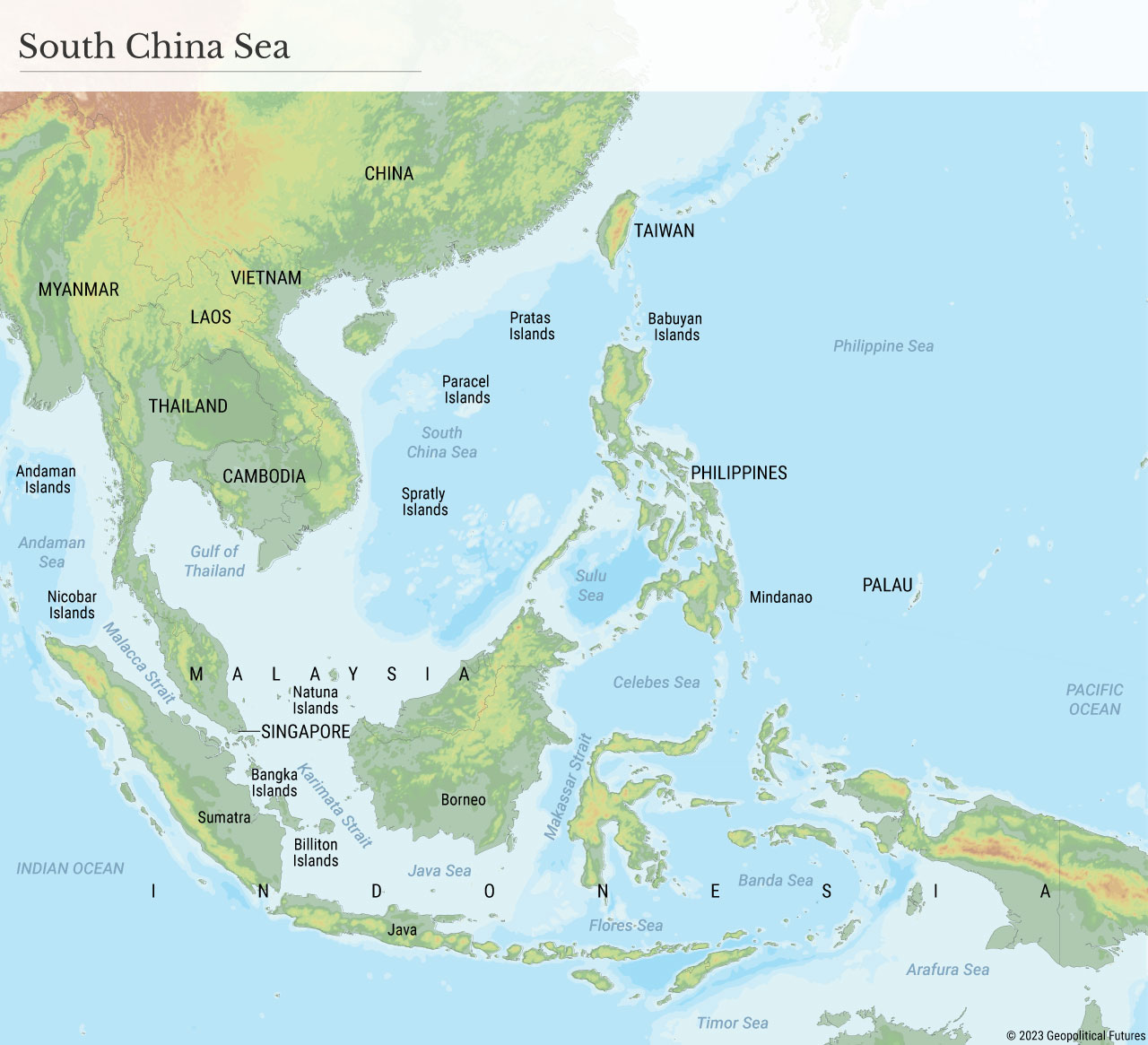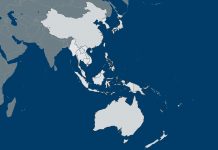The Philippine coast guard reported last week that two of its ships were involved in a confrontation with the Chinese navy in the South China Sea. According to the Philippines, the Chinese vessels were engaged in unsafe maneuvers. The incident occurred near the Spratly Islands, which have been a point of contention for years.
This episode is of little military significance since the Philippines and China have been dueling in the region for years. What is significant, however, is the timing. In January, the Chinese launched a significant diplomatic opening with the Philippines. Philippine President Ferdinand Marcos Jr. had accepted an invitation to meet with Chinese President Xi Jinping in China. The meeting, which seems to have gone well, represented a potential threat to the United States, which was the dominant outside power in the region and had considerable influence in the Philippines. (Relatedly, Marcos met with U.S. President Joe Biden in Washington on Monday.)
The Philippines had found itself in – or maneuvered itself into – the tension between China and the United States. A fundamental imperative of Beijing has long been to have unlimited access to the Pacific. China is an exporting power, and its position relative to Taiwan and the Philippines made Beijing vulnerable to a blockade by the U.S. China had concentrated on the northern flank of this problem, trying to seduce or force Taiwan into expelling the U.S. Navy and other American assets in order to secure its access to the Pacific. Another potential route was between the islands of the Philippines, which are plentiful enough to make it difficult for the U.S. to blockade. Finally, there’s the gap between Taiwan and the Philippines that could be used.
The Chinese have tried to intimidate Taiwan by sea and air, hoping that the threat of war might cause Taiwan to change alliances or the United States to withdraw. This has been an increasingly tense area, but neither the Taiwanese nor the Americans buckled.
That left China with the options of either facing an extremely risky naval war with the United States over Taiwan or shifting its focus southward to the Philippines. Hence the summit between Marcos and Xi. Obviously, Xi was eager to go forward with the relationship, but the Philippines backed away. It’s unclear whether this was because Marcos saw greater economic and security benefits in remaining aligned with the United States, or because significant pressure from the U.S. forced the Philippines to step back. Notably, the U.S. was granted expanded access to Philippine military bases following the U.S. defense secretary’s visit to Manila in February.
With this, Xi’s Philippines gambit appears to have failed, or rather backfired, creating another major block between the South China Sea and the Pacific for Beijing. The American wall still has gaps, of course, but the biggest brick between Taiwan and the northern Philippines is unlikely to fall. (It should be noted that the Philippines and China announced on Monday that they will hold talks on fishing rights – which may indicate some sort of accommodation, although it’s far from a solution to the real issues.)
It’s not surprising, then, that the pressure on Taiwan has continued and even intensified. It’s also not surprising that China has been increasingly aggressive in the Spratlys and is engaging the Philippine navy and coast guard with increasing assertiveness. Rather than the door opening, it seems to be closing on a fundamental interest of China: having unfettered access to the Pacific. China is also seeking to force the Philippines to reverse its relations with the United States by raising the possibility of conflict, a strategy it has used with Taiwan for years. But it has never actually moved toward battle. Taking Taiwan would be difficult, and China cannot risk a defeat, which would undermine its international standing and even its internal stature. The Philippine reality makes it even harder for the Chinese to consider war there, particularly with U.S. forces to be housed in the country. But given that it takes time for forces to deploy, if China is going to try to be engaged in an aggressive posture, now is the time to do so. But as in Taiwan, posture and launching a war are very different things, and at this point, it’s unlikely China can rapidly break down the door. The most it has done so far is send ships to harass the Philippine navy and perhaps extract some sort of lesser concessions.







